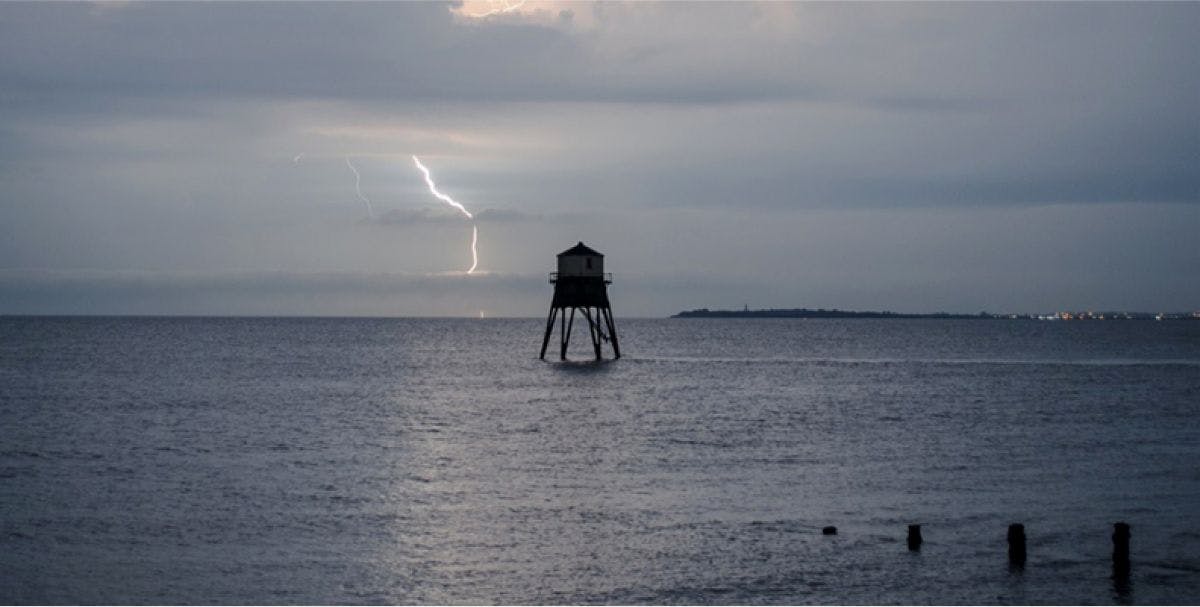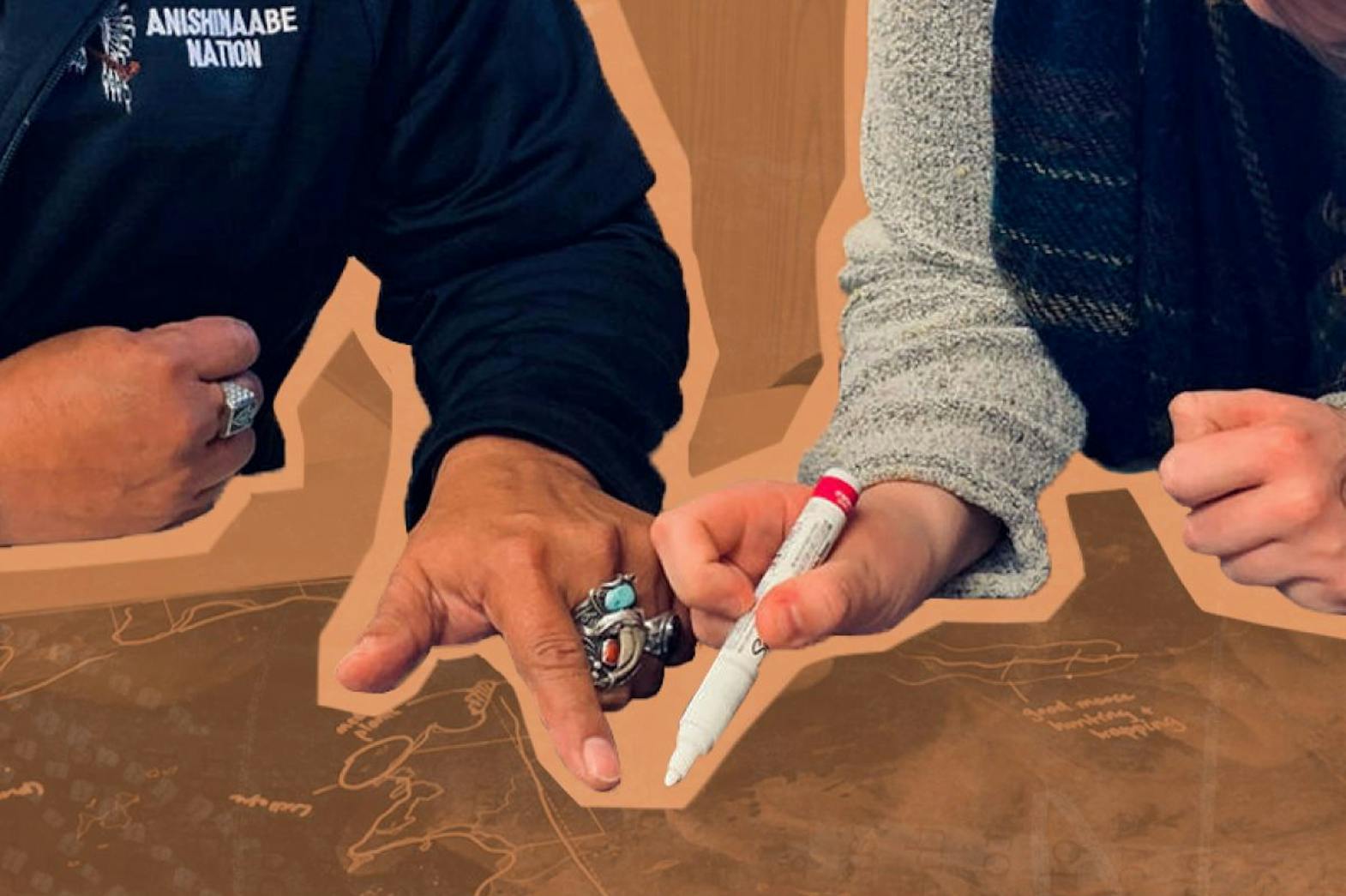When I was considering going to planning school, I had the opportunity to sit down at a planner’s office and talk about the profession. Although I had come prepared with a series of questions, my hosts opened the conversation with a question of their own: “What do you think we do?” This question has stuck with me through the years. Today, I think of it the same way I did then: it is both an easy question to answer and a difficult one.
Tell all the truth but tell it slant —
Success in Circuit lies
Too bright for our infirm Delight
The Truth’s superb surprise
As Lightning to the Children eased
With explanation kind
The Truth must dazzle gradually
Or every man be blind —
I think that this poem by Emily Dickinson post provides insightful symbolic guidance to answering the question of what is it that planners do.
On its face, the meaning of the poem is clear. To tell all the truth but tell it slant suggests that planners are to be arbiters of facts – to tell the truth to everyone, but to do it in a circuitous way. This process of “dazzling gradually” reminds me of planning scholar John Forester’s claim that planners are “selective organizers of attention to the real possibilities of action.” Forester is concerned here with the responsibility planners must not merely analyze and report but have an ethical duty to bend and shape the narrative to practical political purposes and organizational ends.
Of course, planners are city builders, community makers, and process experts. Some are environmental specialists, a few are driven by the dynamics of transportation, and others like to make maps. But these occupations are the outward expression of something deeper that roots the profession: to serve the elusive public interest. Taking a moment to unpack the term, it is easiest to say what the public interest is not. It is not the interest of one, a few, or even a majority. It is not about democracy, and planners are not democratic agents.
In the context of groups of people with influence and reach, with different kinds and levels of knowledge, and competing or contradictory interests, the only way to move forward and create opportunities for mutual understanding is to follow a careful process of framing, storytelling, and deliberating.
That planners need to “organize” the truth to tell it says a lot of the “ontological” ground they’ve settled. To quote Leonie Sandercock, our society is a mongrel – one where “difference, otherness, fragmentation, splintering, multiplicity, heterogeneity, diversity, and plurality prevail”. It isn’t enough to say there are “different people” everywhere – there are different worlds. We’ve spoken so far about how planners translate these worlds and guide a conversation – but to translate is to understand, isn’t it?
From what I’ve learned of the Anishinaabe world, there is Anishinaabemowin, story, and relations of the Land, among many other things. As someone who is not an Anishinaabeg but who often finds himself having to translate these concepts into actionable plans, to consider impacts, or to negotiate resources, there seems to be an intractable tension in the task. For instance, I’ve learned that Anishinaabe storytelling depends upon the Anishinaabe language, Anishinaabemowin. Elders and Knowledge Keepers have told me numerous times about the importance of their language in conveying meaning and careful consideration when this meaning is translated. In some cases, they would explain that it is impossible to say what is needed without Anishinaabemowin. I did my best to appreciate this concern, but I can’t claim to have understood it the way that they did. The distance between the truth and my understanding was made clearest when I stumbled upon this quote on a project where blasting of the Canadian Shield would occur in Anishinaabe territory:
"… the Ojibwe noun form of “stone” is asin, and it is animate, living. To be made of stone, however, is asiniiwan, inanimate. What is the difference between a stone and something made of stone? Life. Only humans have a power strong enough to kill a stone and transform it into a building material. Elders will tell you to be extremely careful, respectful, and, above all, thankful when taking the life of a stone. They are only commentators; it is [Anishinaabemowin] that teaches the lesson."
—Scott Richard

There is another reading of this poem that I find particularly instructive for speaking to this intractability. Although seemingly direct and clear, there is ambiguity and contradiction lying in wait. The Circuit “lies,” the bright “de-light,” and the slow and gradual “lightning” point to internal tension. The poem is intended to subvert itself – describing the route to the delivery of truth while simultaneously breaking down to illustrate the impossibility of knowing it.
I think the symbolism here is instructive as it applies to planning. Planners are organizers of attention and create opportunities to ethically advance political or practical goals. The ground on which this practice is built, however, is constantly shifting – to bridge worldviews that they themselves hope and strive to account for but can never fully reconcile. I think this tension in the profession is a big part of what animates it. Wrestling with the public interest engenders an ongoing responsibility to process and transparency, a distrust for comfortable interpretation and finality, and a drive towards holism, listening, and learning.
So, what is it that planners do? The question is both an easy one to answer and a difficult one.




